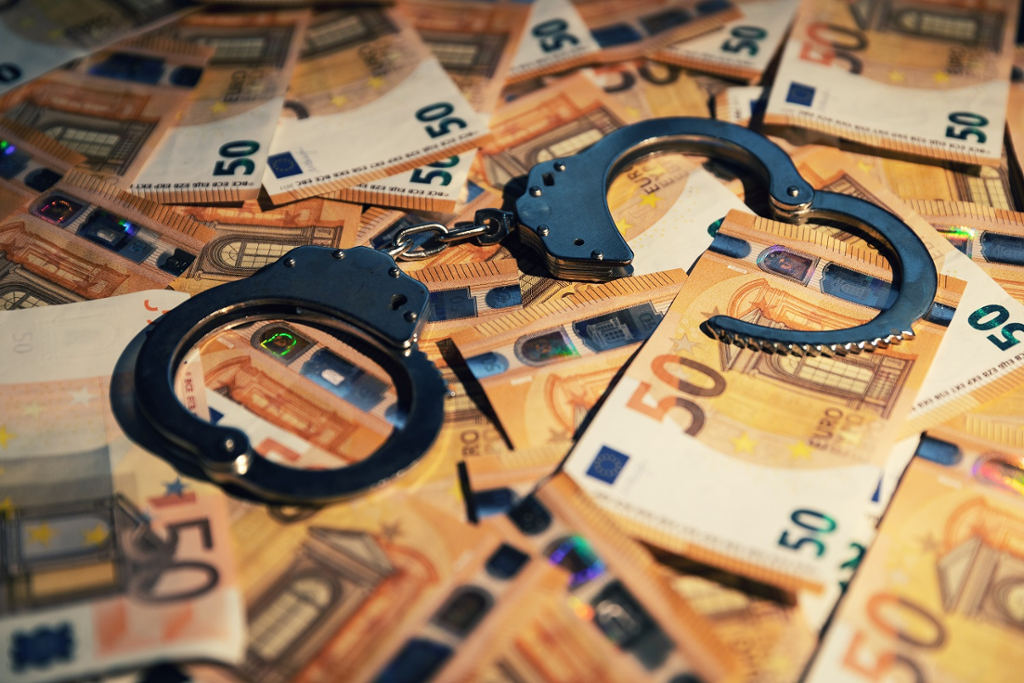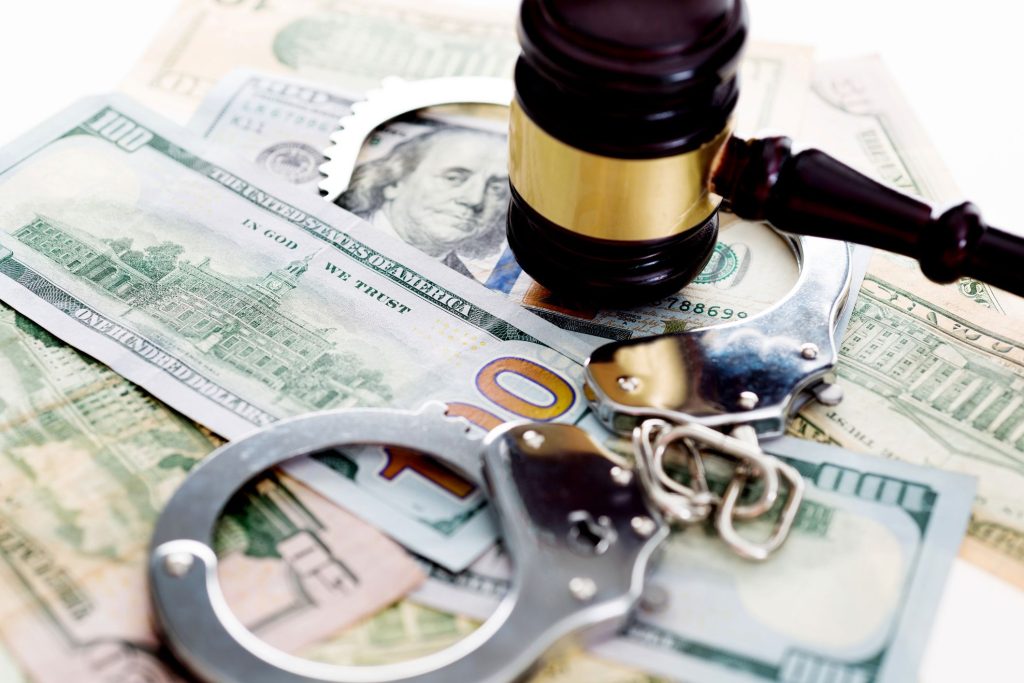Money laundering information
Money laundering
Money laundering is the illegal process of concealing the source of funds generated by illegal activities (such as drug trafficking, corruption, or economic crimes) and converting them into funds that appear legitimate. This process takes place in three main stages:
Deposit
In this stage, the illegal money is introduced into the financial system.
This stage involves converting cash into bank deposits or purchasing assets such as real estate and cars.
Camouflage
The goal of this stage is to make it difficult to trace the source of the money.
This is done by transferring money between multiple accounts, conducting fictitious business transactions, or investing in countries with strict banking laws.
Integration
The money is returned to the formal economy to appear legitimate.
The money is used in investment projects or to purchase legal assets.


Anti-Money Laundering
Create laws that criminalize money laundering and impose strict penalties.
Implementing procedures such as Know Your Customer (KYC) and monitoring suspicious transfers.
Exchange of information between countries to pursue those involved.
Common examples of money laundering:

Creating shell companies to hide illicit funds.
Purchasing real estate under false names.
Using casinos to launder money through betting.
